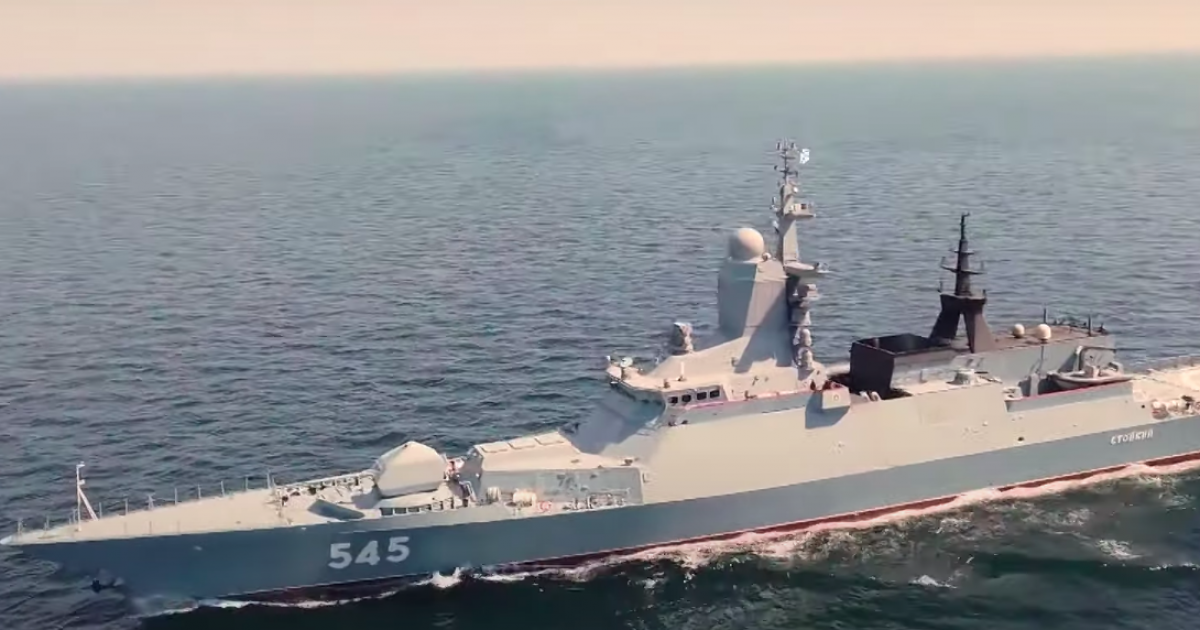
On February 17, 2021, Iran finished off a two-day naval exercise in tandem with Russia in the northern part of the Indian Ocean.
According to Al Jazeera, ships and forces from the naval divisions of the Iranian armed forces and the Islamic Revolutionary Guard Corps (IRGC) were active in this drill. They were accompanied by a number of Russian navy vessels.
Admiral Gholamreza Tahani, the drill’s spokesperson, declared that the exercise Iran carried out with Russia was designed in a flexible manner, which allowed several other countries to join it at any time, adding that the Indian navy had requested to join.
Hossein Khanzadi, the commander of the Iranian navy, revealed that the Chinese navy would participate in the drill. Back in 2019, Iran, Russia, and China participated in similar exercises. However, Chinese participation in this exercise ended up not being confirmed, with Tahani not even mentioning Chinese involvement after the exercise concluded on February 17. After speculation that India would join in this exercise, Indian navy officials revealed on February 18 that they did not participate in this exercise.
Tahani revealed that the Iranian frigate Jamaran, which was rolled off the assembly line in 2010, spearheaded the exercise while Iranian and Russian navy helicopters provided monitoring and support from the air.
The exercise consisted of the naval units firing at sea and air targets and freeing hijacked ships. During these exercises, Iran used domestically manufactured long-range missiles, drones, tanks, warships, submarines, and helicopters. In addition, the exercise had simulations of anti-piracy and search-and-rescue operations. According to Iranian reports, it hoped that this exercise would have allowed it to engage in the exchange of information along with technical and tactical experience, while simultaneously gaining more experience to “fight sea theft and terrorism.”
In the last two months, against the backdrop of tensions with the United States, Iran’s armed forces and the IRGC conducted several drills to ostensibly show that they won’t be easily intimidated by the American presence in the Middle East.
This drill underscores a growing multipolarity taking place in the world where countries are not easily bending the knee to the U.S. and its liberal hegemonic project. From the end of the Cold War up until Russia’s annexation of Crimea and intervention in Syria, the U.S. enjoyed an enviable spot as a unipolar power.
At that time the U.S. could throw its economic, military, and cultural weight around without any form of pushback. However things are changing with a resurgent Russia, a rapidly growing China, and more assertive Iran in the Middle East. Interventionist types will have to come to grips with the fact that there will be emerging powers who try to carve out spheres of influence and want to protect their interests from external actors.
In the Iranian case, the U.S. government has been meddling in that country’s affairs, which has made it become a hostile actor that is willing to join balancing coalitions with emerging powers such as Russia and China. U.S. policymakers must be careful lest they want to trigger a massive conflagration that would make the great wars of the 20th century look like child’s play.



